Vannamei shrimp are a popular type of shrimp that is farmed all over the world. Vannamei shrimp are a type of farmed shrimp that is native to the western Pacific Ocean. They are commonly referred to as Pacific white shrimp or giant tiger shrimp. Vannamei shrimp is one of the most popular types of farmed shrimp due to their high yield and fast growth rate.
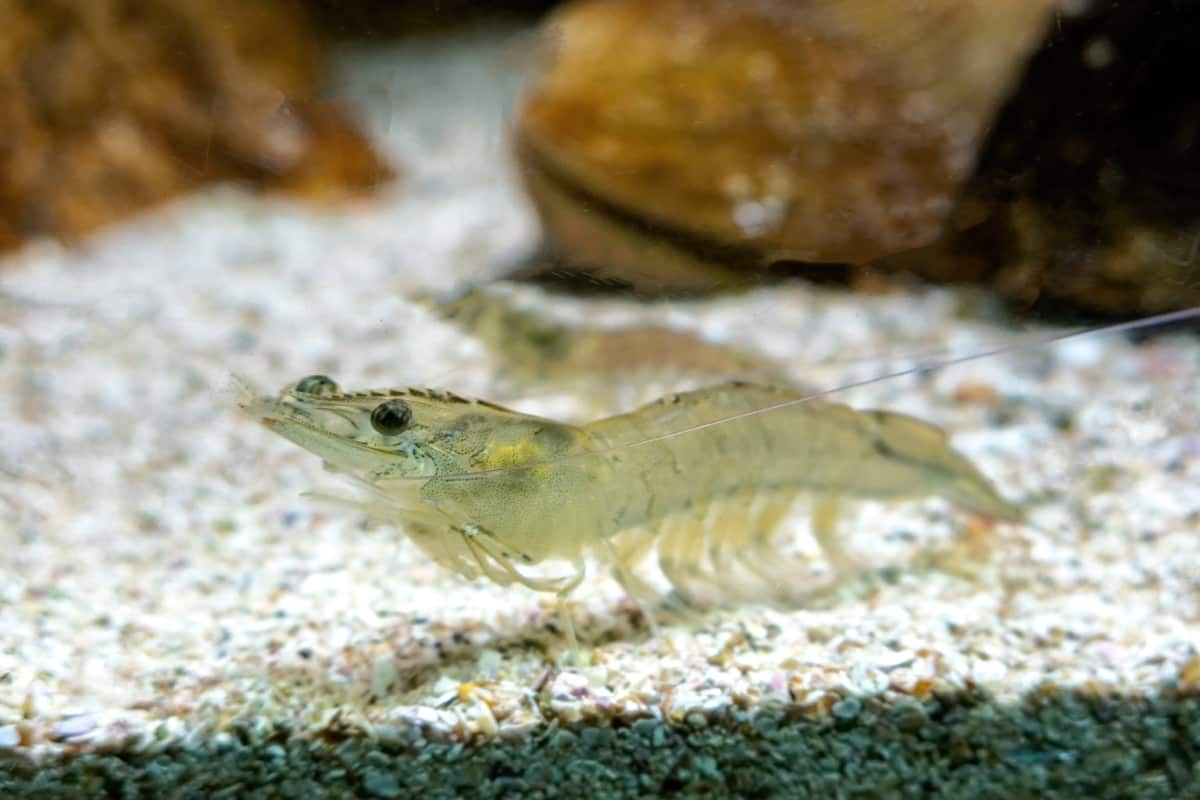
Best Techniques to Increase Vannamei Shrimp Farming Yield
Proper Management Strategies to Increase Vannamei Shrimp Production
Vannamei shrimp production can be increased by implementing proper management strategies to ensure the pond’s and its inhabitants’ health. These may include regular water exchange, maintaining adequate dissolved oxygen levels in the pond, providing nutritious feed for optimal growth, and controlling potential diseases or pests that might threaten the yield.
With careful planning and execution, aquaculture farmers can reap substantial rewards from their vannamei shrimp production efforts. To ensure optimal Vannamei shrimp production, farmers must provide their shrimp with a quality diet, clean water, and proper housing. Additionally, it is important to monitor the health of the shrimp population and implement disease prevention and control measures when necessary.
With proper implementation and management, these techniques can help you produce high-quality shrimps that meet market demands and provide a steady income for your business. By improving the quality of shrimp seed stocks through the selection process, optimizing feed utilization, maintaining water quality parameters, and preventing diseases in a timely manner, you can maximize your profits from vannamei shrimp farming.
In case you missed it: Key Rules to Improve Feed Conversion Ratio (FCR) in Shrimp Culture
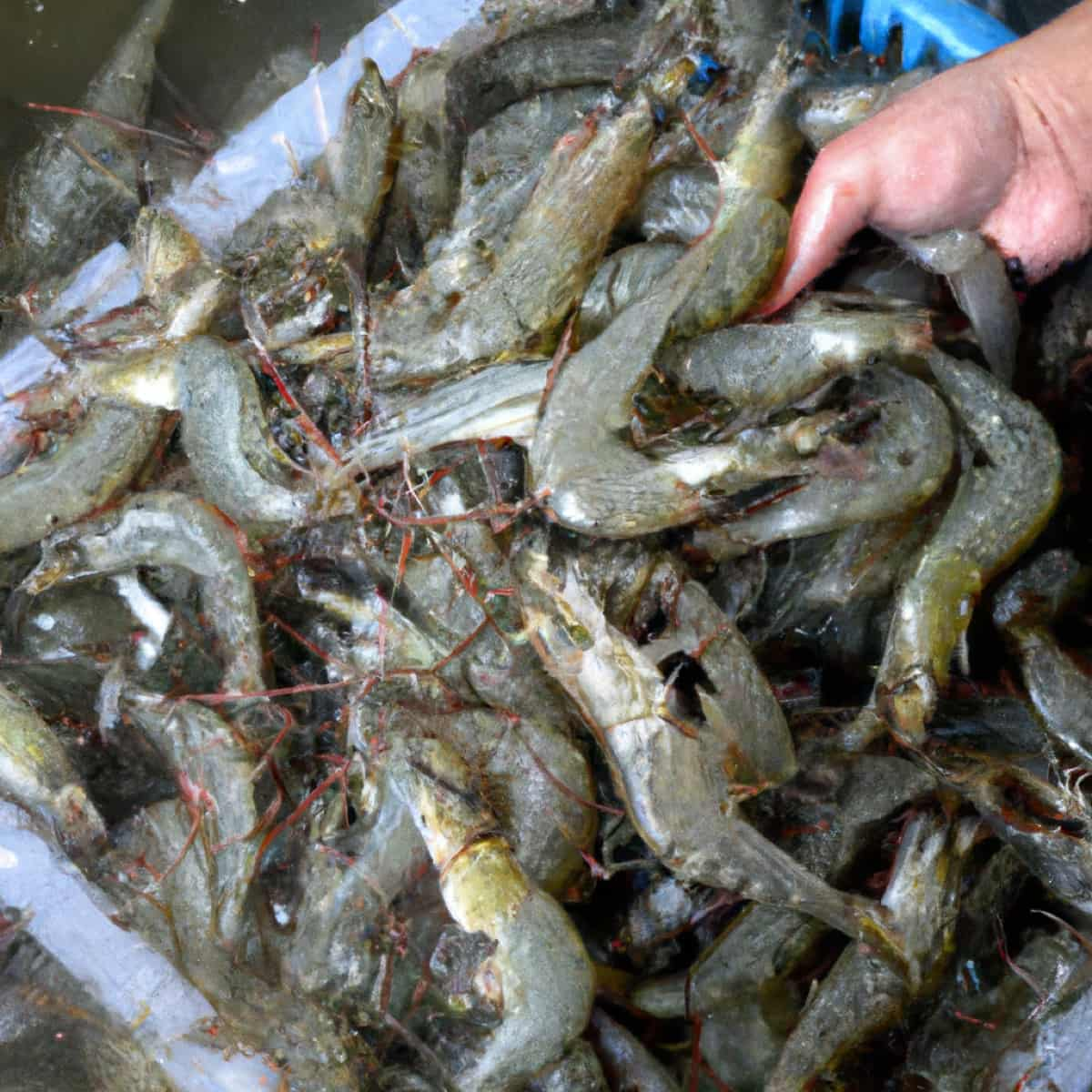
Shrimp farming is an important industry in many parts of the world. Providing quality feed and proper maintenance and management is essential to maximize yield. Proper water management is essential to shrimp health and productivity. The use of aeration can also improve shrimp yields. When done correctly, vannamei shrimp farming can yield a large quantity of shrimp with minimal environmental impact.
The Different Types of Vannamei Shrimp Farms
Vannamei shrimp is a type of farmed shrimp. It is the most common type of farmed shrimp and accounts for about 90% of the world’s farmed shrimp production. Vannamei shrimp can be found in all major shrimp-producing countries, including China, India, Vietnam, Thailand, Indonesia, Ecuador, and Brazil.
Vannamei Shrimp Feed Management Tips
Vannamei shrimp are omnivorous and eat a variety of food items. Their diet includes phytoplankton, algae, small crustaceans, and other organic matter. In captivity, they are typically fed a diet of pellets or flakes. It is important to provide a balanced diet for vannamei shrimp. A good mix of food items will help them stay healthy and grow quickly.
The ideal diet for Vannamei shrimp should be high in protein and low in fat. A good source of protein for shrimp is fish meal, which can be easily digested and assimilated by the shrimp. Other protein sources include soybean meal, wheat flour, and brine shrimp meal. Vegetable oils such as corn and soybean oil are good fat sources for shrimp.
Vannamei Shrimp Farming Practices
- One common practice is to use supplemental feeding. This involves providing the shrimp with additional food beyond what they would find in the wild. This can help to boost growth and improve overall health.
- Another practice that is often used is called selective breeding. This involves carefully choosing which shrimp will be allowed to mate to produce offspring more likely to succeed in aquaculture operations.
- The water quality needs to be monitored and maintained. The shrimp need to be fed a high-quality diet. The shrimp must be kept healthy by providing a clean and stress-free environment.
- Finally, providing the shrimp with good living conditions is also important. This means ensuring that they have access to clean water and appropriate temperatures.
In case you missed it: How to Start Shrimp/Prawn Farming from Scratch: Check How this Guide Helps Beginners
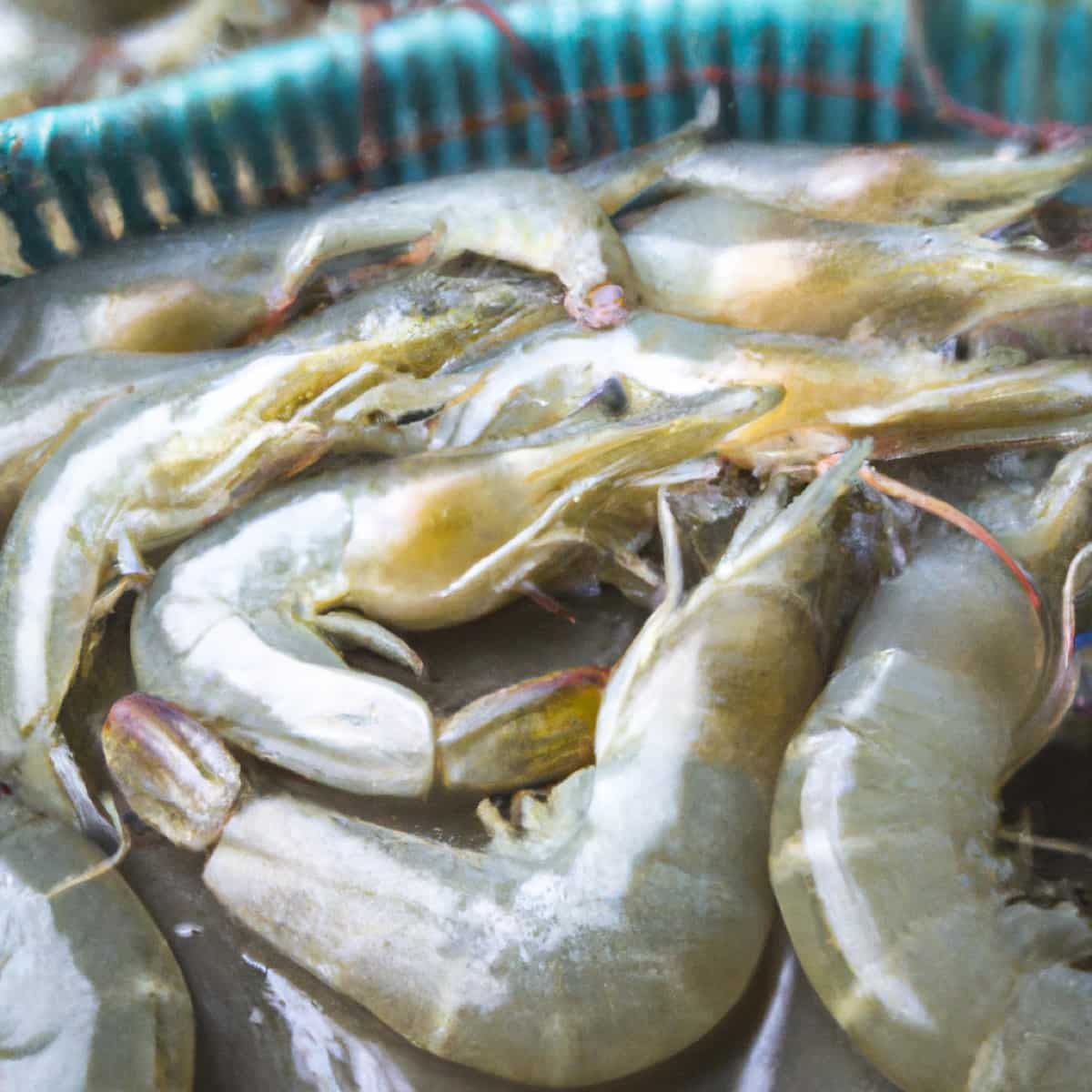
Main Types of Vannamei Shrimp Farms
- Intensive farms: These are typically small operations with high stocking densities. The water quality is closely monitored, and the shrimp are fed a carefully balanced diet. This results in higher production costs but also higher yields.
- Semi-intensive farms: These farms have lower stocking densities and may use ponds not lined with concrete or plastic. The water quality is less closely monitored, and the shrimp are not fed as carefully balanced a diet. This results in lower production costs but also lower yields.
- Extensive farms: Large operations with very low stocking densities. The water quality is not closely monitored, and the shrimp are not fed a balanced diet. This results in very low production costs but also very low yields.
Tips for Increasing Vannamei Shrimp Production
- Firstly, try to maintain consistent water quality in your shrimp farm. This means keeping the temperature, salinity, and pH levels stable. You should also monitor the dissolved oxygen levels in the water.
- Another important factor is feeding. Ensure you’re providing your shrimp with a high-quality diet rich in nutrients. You can also supplement your diet with vitamins and minerals if needed.
- Lastly, it’s important to keep your shrimp healthy. This means preventing and treating diseases as soon as possible. Following these tips can help increase Vannamei shrimp production on your farm.
Methods Used to Increase the Yield of Vannamei Shrimp Farming
Use of High-quality Seeds
This is one of the most important factors determining the yield in vannamei shrimp farming. The use of high-quality seeds can help in getting a good survival rate and also ensure better growth and development of the shrimps.
Provision of Adequate Food
Another factor that needs to be considered for increasing the yield is to provide adequate food for the shrimps. They should be given a diet rich in nutrients that meets their requirements. It is important to use high-quality feed to ensure the shrimp get all the nutrients they need to grow and thrive.
In case you missed it: Rupchanda Fish Farming in India: How to Start from Scratch, Set up, and Management
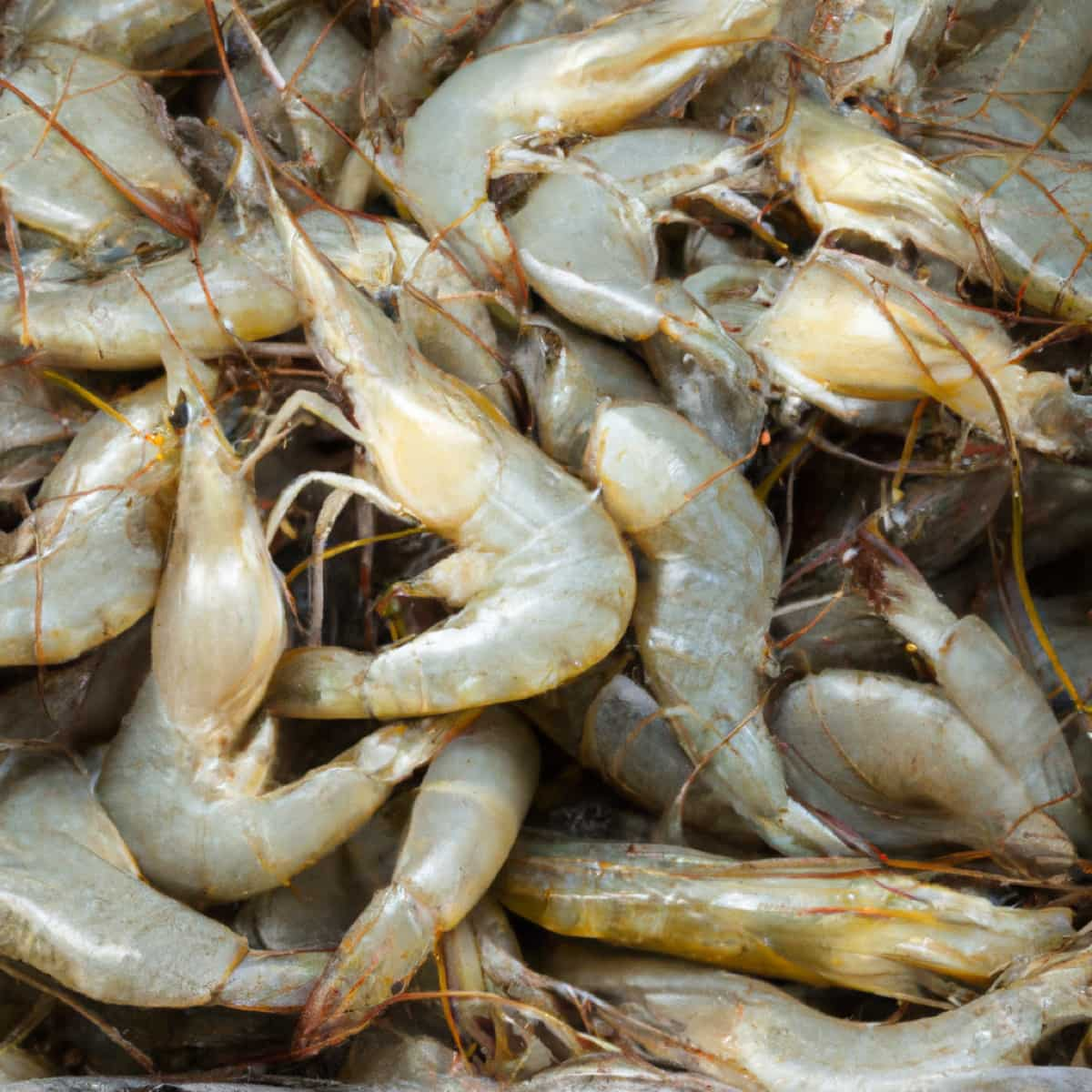
Various feeds are available on the market, so it is important to research to find the best option for your specific needs. Using high-quality feeds is another key factor in increasing shrimp farming yield. This means using feeds designed specifically for shrimp and of good nutrient composition.
Proper Stocking Density
This means the correct number of shrimp should be placed in each tank or pond to have enough room to grow and develop properly. Stocking density plays a very important role in shrimp farming. If the stocking density is too high, it can lead to problems like unhealthy growth, poor water quality, and increased chances of disease outbreaks.
On the other hand, if it is too low, it can result in lower yields. Hence, proper stocking density needs to be maintained to get good results. Stocking density is an important factor in shrimp farming, as too high of a density can lead to problems such as disease outbreaks. Therefore, finding the right stocking density for your ponds to maximize yield is crucial.
Implementation of Proper Management Practices
Good management practices must be followed to ensure higher yields in vannamei shrimp farming. These include maintaining good water quality, adequate aeration, and hygienic conditions.
Use High-quality Broodstock
This is one of the most important factors in achieving high yield, as using low-quality broodstock will result in lower survival rates and poor-quality shrimp. Therefore, it is essential to use only the best quality broodstock available.
Maintain Water Quality at a High Level
This can be done by regularly testing the water for temperature, pH, salinity, and dissolved oxygen levels. Water quality is an important factor in successful vannamei shrimp farming. Shrimp farmers can improve water quality using filtration systems, aeration, and proper nutrient management. Good water quality is essential for shrimp farming, and several parameters must be considered to optimize it.
These include temperature, dissolved oxygen levels, salinity, and pH. Maintaining water quality is essential to ensure your shrimp’s health. Make sure to use quality water sources and avoid water contamination. Adjust your water parameters as needed to keep your shrimp healthy and happy.
Adopting Intensive Culture Methods
Intensive culture methods help shrimp farmers increase the density of shrimp in their ponds, which leads to higher yields. These methods include regular stocking, feeding, and pond maintenance.
In case you missed it: Growing Vegetables and Fish Together in the Backyard: Starting a Backyard Aquaponics
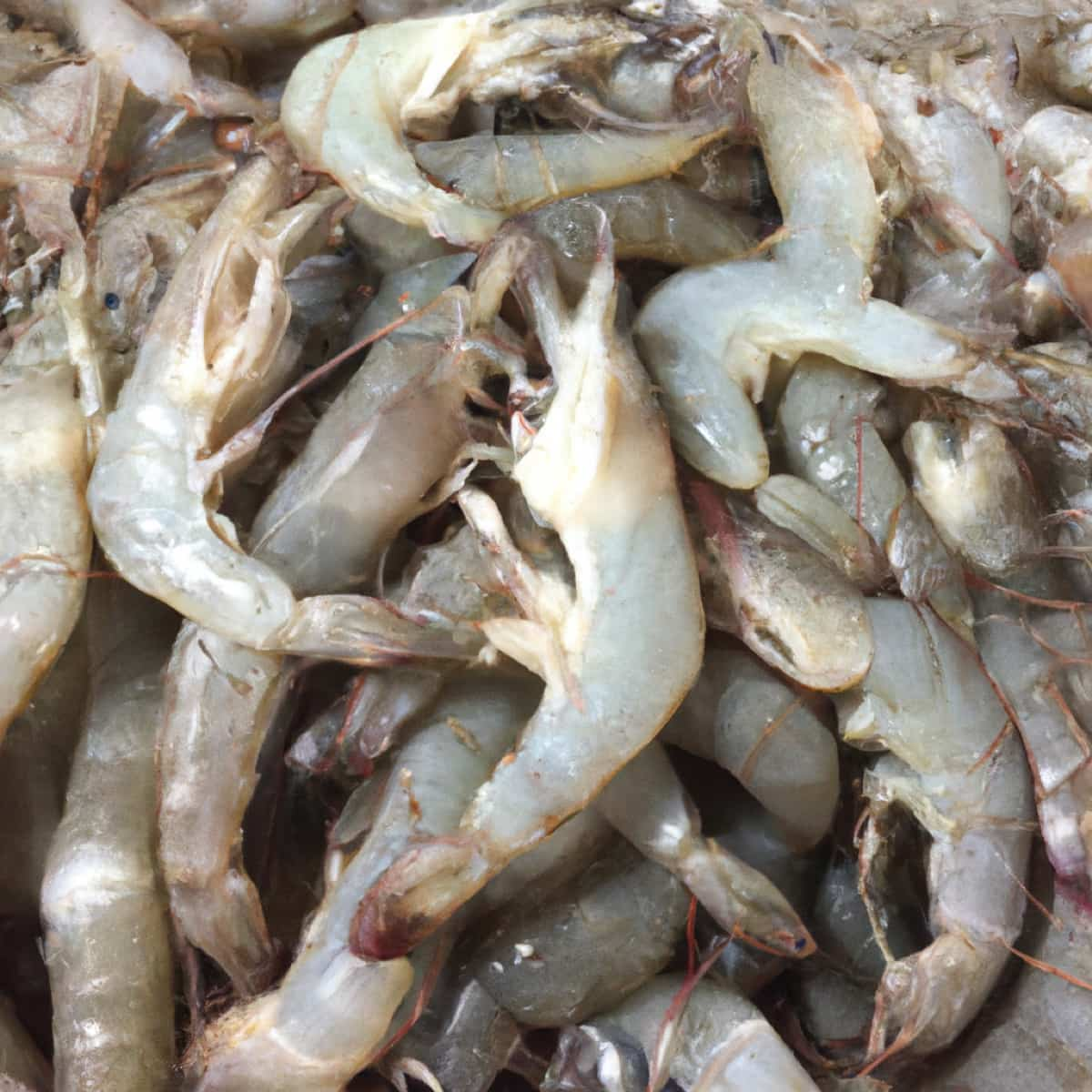
Controlling Parasites and Diseases
Parasites and diseases can cause major problems for vannamei shrimp farmers, reducing yields. Farmers can control these problems by using good management practices, such as quarantining new stocks, maintaining clean ponds, and using approved chemicals and medicines.
Selecting High-yielding Strains
Various vannamei shrimp strains are available, and some yield better than others. Farmers can increase their yields by selecting high-yielding strains suited to their conditions.
Proper Aeration and Filtration
It must be used to keep the water clean and free from harmful bacteria or parasites. This helps keep the water oxygenated, which is essential for shrimp’s health and growth.
Use of Probiotics
Probiotics can help to prevent or treat diseases by modulating the gut microbiota. Probiotics effectively prevent and treat various diseases in shrimp, including white spot syndrome, early mortality syndrome, and Vibrio infection.
Use of Enzymes
Enzymes are proteins that catalyze biochemical reactions. They can be used to degrade toxins or pathogenic bacteria or to improve nutrient absorption. Enzymes have been shown to prevent and treat Vibrio infection in shrimp effectively.
Use of Vitamins and Minerals
These are essential nutrients that play an important role in supporting immune function. They can also help to prevent or treat disease by modulating the gut microbiota. Vitamins and minerals effectively prevent and treat a range of diseases in shrimp, including white spot syndrome, early mortality syndrome, and Vibrio infection.
Why You Increase Vannamei Shrimp Production?
Firstly, consider increasing the size of your shrimp. Larger shrimp are more productive and can produce more offspring. You can also increase the number of shrimps you have. More shrimp means more food for your growing population. Finally, ensure you have plenty of food and clean water for your shrimp. A healthy environment is essential for a productive shrimp farm.
Disease Management to Increase Vannamei Shrimp Production
In shrimp farming, disease management is a critical component of success. Several diseases can affect shrimp, and each must be managed carefully to avoid devastating losses. One of the most important aspects of disease management is prevention. This means avoiding introducing diseases to your farm in the first place.
One way to do this is to only purchase shrimp from reputable sources that follow best practices for disease control. Another important preventive measure is to maintain strict biosecurity protocols on your farm. This includes preventing visitors from entering areas where shrimp are being raised and ensuring that all equipment and supplies are clean and contaminant-free.
Once diseases have been introduced, it’s important to act quickly to stop them from spreading. Isolate any affected shrimp and treat them with appropriate medications. Follow the instructions on the medication labels carefully. Keep a close eye on your entire stock for signs of illness, as early detection is crucial for successful treatment. With proper prevention and quick action when diseases occur, you can minimize their impact on your shrimp farm and maximize your yield.
In case you missed it: Key Rules to Improve Feed Conversion Ratio (FCR) in Fish: For Better Profits in Fish Cultivation
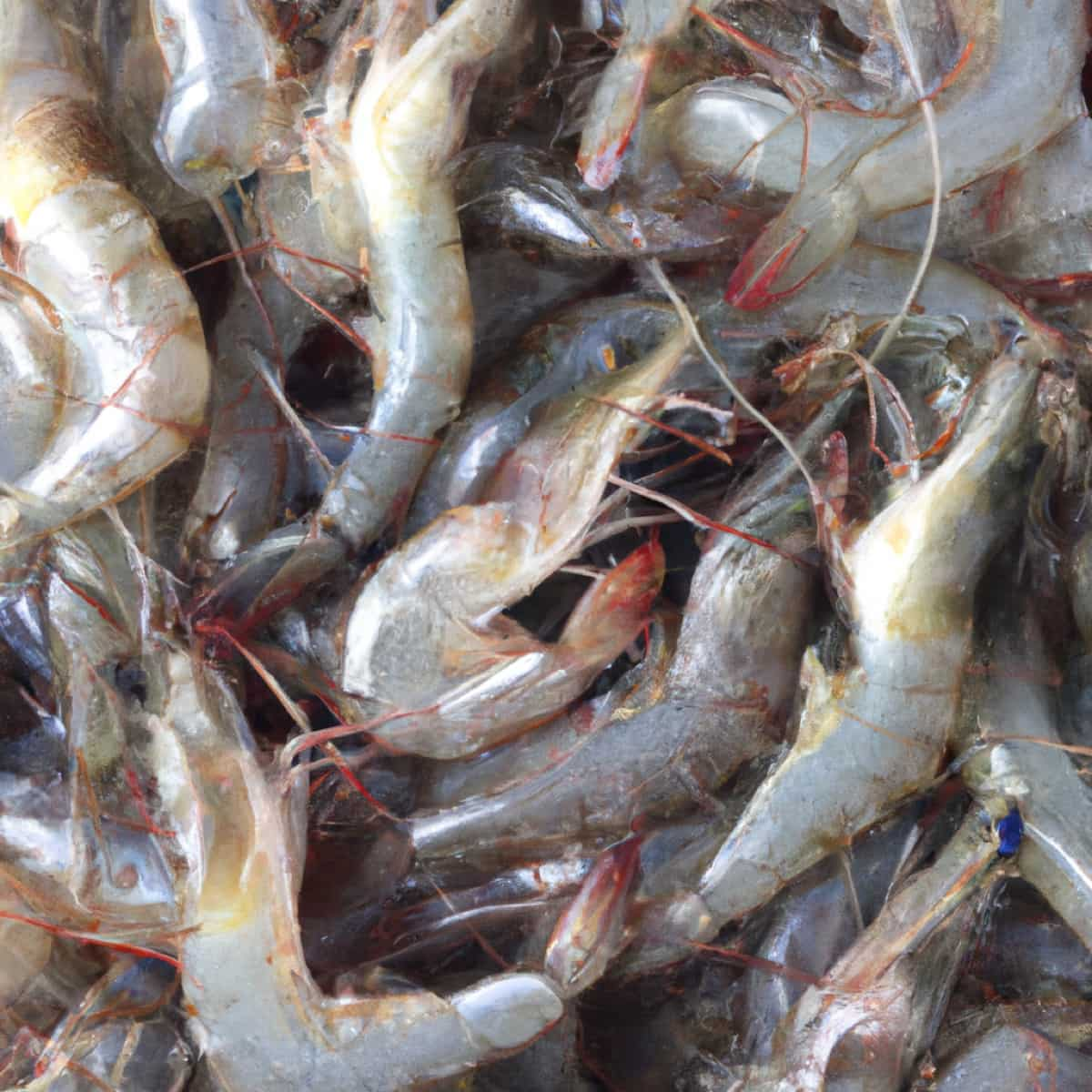
Water Quality to Increase Vannamei Shrimp Production
Vannamei shrimp are very sensitive to changes in water quality, and even small changes can cause them stress and affect their growth.
- Use a good filtration system: A well-designed filtration system will remove many of the potential contaminants from your water before they have a chance to reach your shrimp.
- Regularly test your water quality: Even with a good filtration system, it’s important to test your water quality regularly and adjust as needed. This will help you catch any potential problems early on and prevent them from causing serious damage to your shrimp population.
- Keep an eye on your aeration levels: Adequate aeration is essential for healthy shrimp, so monitor your aeration levels closely.
Conditions Necessary for Successful Shrimp Farming
To have a successful shrimp farm, certain conditions need to be met. The first is having a suitable environment. This means having the correct temperature, salinity, and pH levels. If these are not in balance, the shrimp will not be able to survive and grow. Also important is having a food source for the shrimp.
This can be either natural or man-made, but it needs to be plentiful and of good quality. Lastly, the shrimp must have space to move around and grow. They cannot be crowded, or they will become stressed and sick. If these conditions are met, there is a good chance of a successful shrimp farm.
Conclusion
Vannamei shrimp farming is the process of raising shrimp in captivity. This type of shrimp farming is becoming increasingly popular as it is a more sustainable way to produce shrimp. Vannamei shrimp is one of the world’s most popular types of shrimp.
As such, shrimp farmers are always looking for ways to increase production. Vannamei shrimp farming is aquaculture that specifically involves raising Pacific white shrimp. This shrimp farming method has become increasingly popular in recent years, as it is a more efficient and sustainable way to produce shrimp.
- Types of Pesticides Used in Agriculture: A Beginner’s Guide
- Economical Aquaculture: A Guide to Low-Budget Fish Farming
- 15 Common Planting Errors That Can Doom Your Fruit Trees
- How to Make Houseplants Bushy: Effective Tips and Ideas
- Innovative Strategies for Boosting Coconut Pollination and Yield
- Pollination Strategies for Maximum Pumpkin Yield
- The Complete Guide to Chicken Fattening: Strategies for Maximum Growth
- Natural Solutions for Tulip Problems: 100% Effective Remedies for Leaf and Bulb-Related Issues
- Revolutionizing Citrus Preservation: Towards a Healthier, Greener Future
- Natural Solutions for Peony Leaf and Flower Problems: 100% Effective Remedies
- Maximizing Profits with Avocado Contract Farming in India: A Comprehensive Guide
- Natural Solutions for Hydrangea Problems: 100% Effective Remedies for Leaf and Flowers
- The Ultimate Guide to Choosing the Perfect Foliage Friend: Bringing Life Indoors
- From Sunlight to Sustainability: 15 Ways to Use Solar Technology in Agriculture
- The Ultimate Guide to Dong Tao Chicken: Exploring from History to Raising
- The Eco-Friendly Makeover: How to Convert Your Unused Swimming Pool into a Fish Pond
- Mastering the Art of Delaware Chicken Farming: Essentials for Healthy Backyard Flocks
- 20 Best Homemade Fertilizers for Money Plant: DIY Recipes and Application Methods
- How to Craft a Comprehensive Free-Range Chicken Farming Business Plan
- Brighten Your Flock: Raising Easter Egger Chickens for Beauty and Bounty
- How to Optimize Your Poultry Egg Farm Business Plan with These Strategies
- Subsidy for Spirulina Cultivation: How Indian Government Schemes Encouraging Spirulina Farmers
- Ultimate Guide to Raising Dominique Chickens: Breeding, Feeding, Egg-Production, and Care
- Mastering the Art of Raising Jersey Giant Chickens: Care, Feeding, and More
- Ultimate Guide to Raising Legbar Chickens: Breeding, Farming Practices, Diet, Egg-Production
- How to Raise Welsummer Chickens: A Comprehensive Guide for Beginners
- How to Protect Indoor Plants in Winter: A Comprehensive Guide
- Ultimate Guide to Grow Bag Gardening: Tips, Tricks, and Planting Ideas for Urban Gardeners
- Guide to Lotus Cultivation: How to Propagate, Plant, Grow, Care, Cost, and Profit
- Agriculture Drone Subsidy Scheme: Government Kisan Subsidy, License, and How to Apply Online
- Ultimate Guide to Raising Araucana Chickens: Breed Profile, Farming Economics, Diet, and Care
- Bringing Hydroponics to Classroom: Importance, Benefits of Learning for School Students
- Ultimate Guide to Raising Polish Chickens: Breed Profile, Farming Economics, Diet, and Care
- Ultimate Guide to Raising Australorp Chickens: Profile, Farming Economics, Egg Production, Diet, and Care
- Silkie Chicken Farming: Raising Practices, Varieties, Egg Production, Diet, and Care
- Sussex Chicken Farming: Raising Practices, Varieties, Egg Production, Diet and Care
Great article. I am considering doing a trial experiment in growing shrimp and co-cropping with rice
I have seen a paper addressing this long ago (meaning I lost it) which cautioned against a certain breed of shrimp. Reason being that breed, would under some conditions, eat the rice plants. Any idea which variety they are concerned about?